When I was in Bethlehem last month, I visited the Church of the Nativity and descended into the cave where Jesus was born and laid in a feedbox or manger, to be surrounded by animals whose body heat kept him warm. The manger touched me even more than the birth site. I kept imagining those animals – an ox, surely a donkey and, of course, the sheep. That's why I was so taken with this article by Sr. Patricia McCarthy, CND and want to share it with you.
Columnist Rhode Island Catholic
(reprinted with permission)n
Christmas cards, pageants, songs and decorations usually portray the same mix of people, angels and animals in an attempt to create visual images of the birth of Jesus Christ in Bethlehem two thousand years ago. The story never gets old. The familiar sounds and sights of the feast stir up deep memories. We need to see it and hear it again every year. The Nativity set gets taken down from the attic, dusted off, carefully unwrapped and arranged often in the same way year after year
Starting with the stable and manger, an ox and donkey get placed so they can look at the child. Mary and Joseph kneel or stand also facing the child. Then sheep and shepherds are scattered about in poses of wonder and adoration. Usually Jesus is hidden away until Christmas Eve when he appears in his manger crib. The Magi only make their appearance after New Year's. There are always variations on the theme but these are the basics of the scene we claim as Christ's birth
Scripture never intended for a photographic image of the actual birth of Christ to be presented. The words of Luke's and Matthew's Gospels give different details—all of which are teaching messages. The main message is that the person of Jesus Christ, Son of God and son of Mary, came into our world at a specific time and place, conceived by the Holy Spirit, born of a Jordanian woman. Jesus is peace, between God and the people of God and among all people. The angels said it clearly: "Glory to God on high and peace to all on earth.
People are dying all over our world in numbers too staggering to absorb. Poverty, war, despair and oppression are killing tens of thousands of people every day. Nuclear threats are being exchanged across oceans, violence looms from distant terrorists and from home grown gangs and domestic conflicts. Disagreements become murders; guns continue to proliferate. And yet we dare to celebrate the Birth of Christ, the Prince of Peace. We dare to look again at the nativities in our churches, homes and front lawns. We hope again to welcome into our hearts the One who can make all wars cease by turning our own hearts from violence
In early depictions of the birth of Christ, only three figures were present: the ox, the donkey and Jesus. The ox and ass are two very important animals. By their presence they speak of the whole history of God with the people of Israel. They speak of recognition of the baby as the Messiah. They speak of the gift of God and the faith of the people. Isaiah, the great prophet of the messianic age, spoke the word of Yahweh: "An ox knows its owner, and an ass, its master's manger. But Israel does not know. My people have not understood. (Isaiah 1:3)n
Animals know who feed them, but Israel doesn't. A donkey knows where to find its food; it will always return to the same place to eat. Yet Israel forgets who is her source of nourishment. God is longing to nurture and sustain us with his word, his living word, Jesus. Jesus lies in the feed box, the manger, ready to give us himself as living food. God is so much in human hands that God is dependent upon them. The presence of these two animals speaks of hope. Yes, Israel remembers Yahweh. These two creatures of God bring the Old Testament into the New
It is up to us to bring the same Jesus into our mangers and stables. Are we as focused as the animals on the source of our lives? Do we feed ourselves on the person of Jesus Christ? Have we left the stable and gone elsewhere looking for food and nurturing? Have we turned from the peaceful child to armed defense for our security? The ox, the donkey and the manger challenge us as Christians to look deeply into our own hearts to replace our daily diet of society's violence with the bread of life of Jesus Christ's peace, to search among our cluttered empty lives for the simple fullness of God
We are the voices of the ox and donkey,n
Recognizing the one who feeds us,n
Who cares for us,n
Who created us
We stand for all of Israel,n
For all who wait
We see
We believe
I am the voice of the manger
I hold the Bread of Life,n
The food of peacen
For all
Come and eat,n
Taste and see
He is with us,n
He is here
